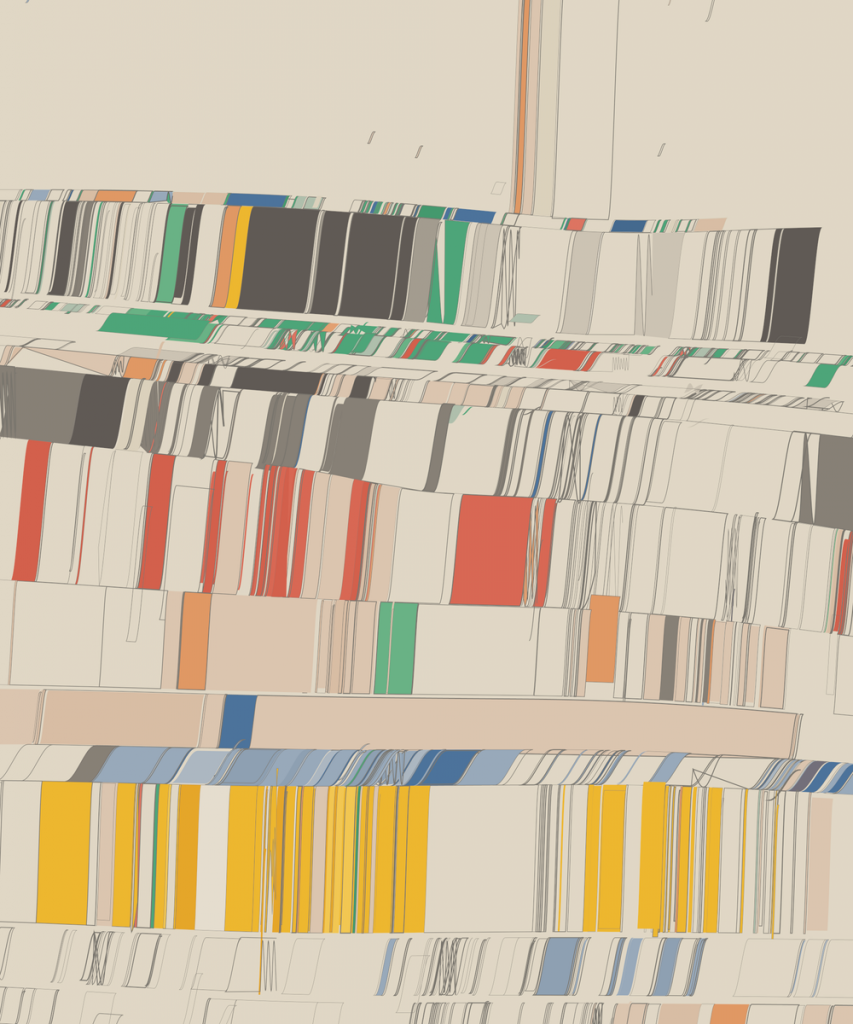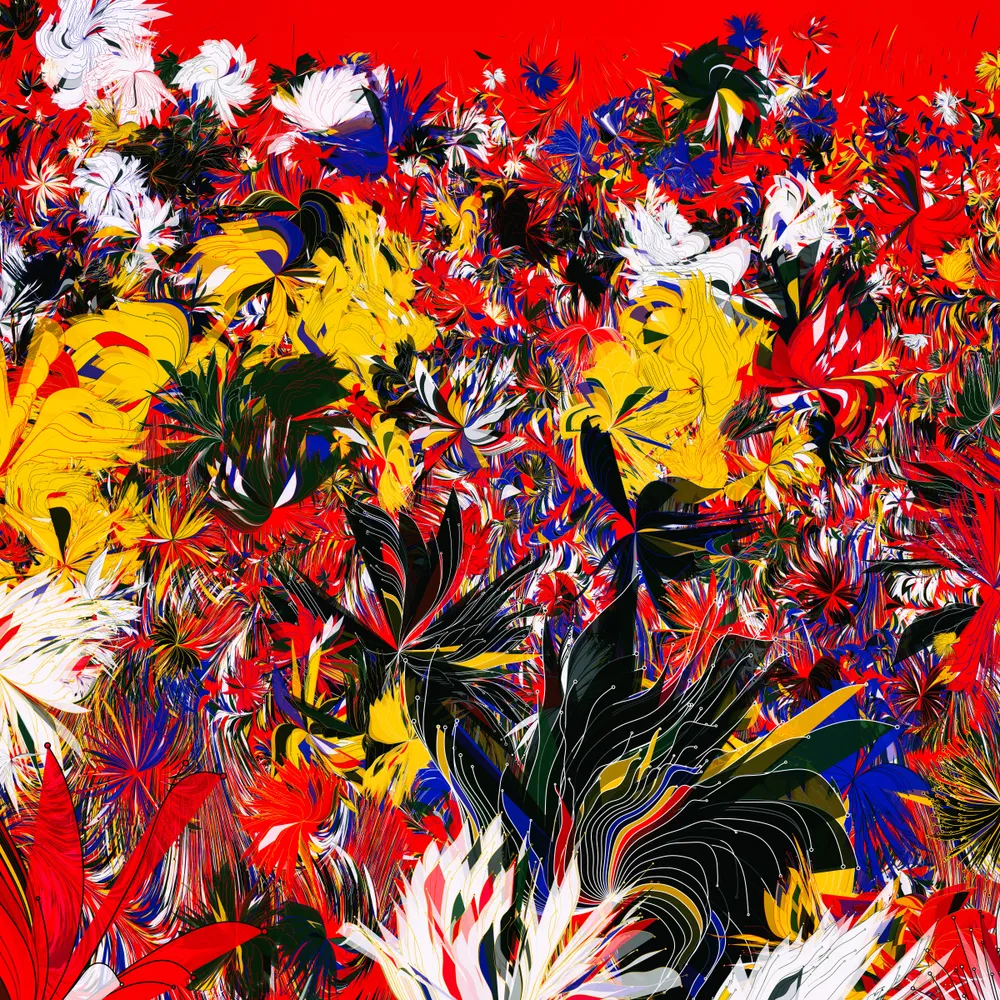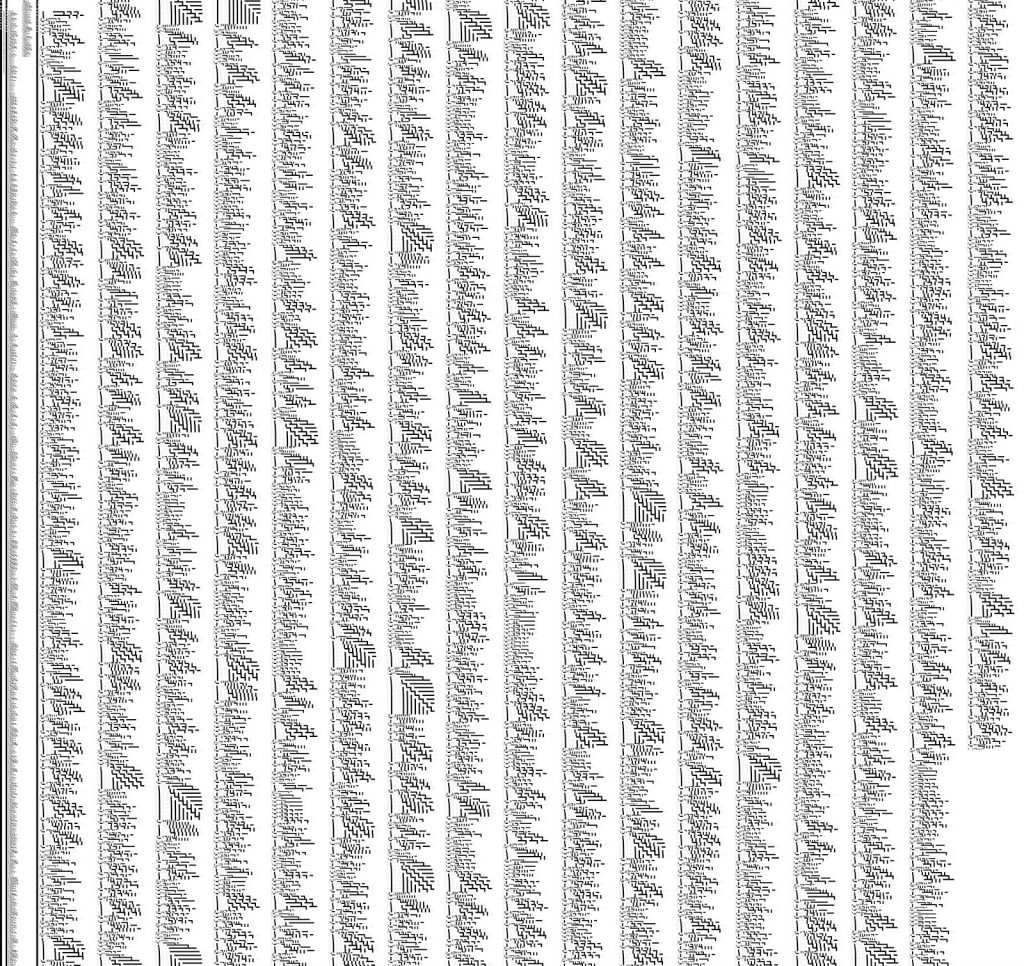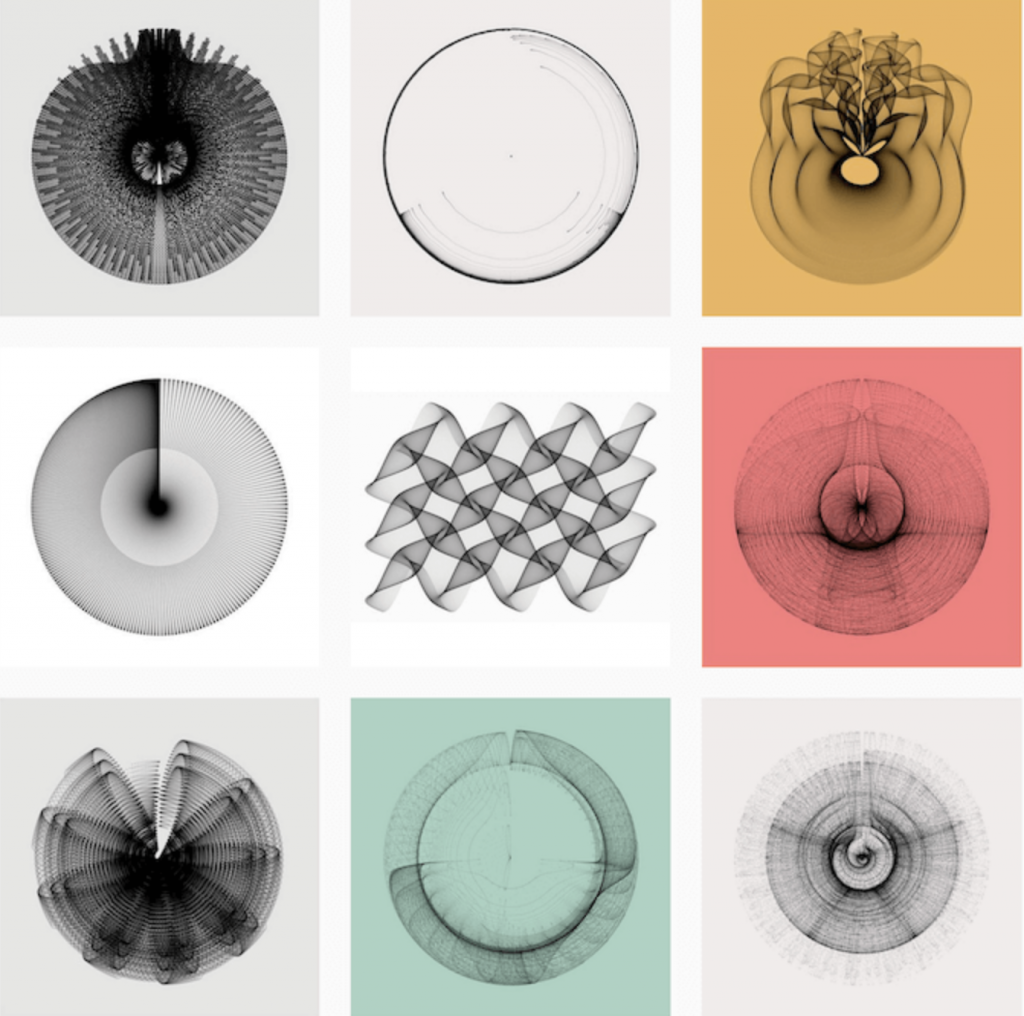we always think too much about how time passes by too quickly. don’t be obsessed with aging, and just think about the good that comes with your birthday!
the background indicates to minute (to some extent). at the start of the hour, the background will be pink. it will become increasingly bluer the greater the minute is.
the number of strawberries on the cake indicate the hour of the day in a 12-hour cycle. to distinguish am and pm, the fruit will turn into blueberries in the am and strawberries in the pm.
the number of candles indicates the month and the number of gifts indicates the day.
sketch
// kayla anabelle lee (kaylalee)
// kaylalee@andrew.cmu.edu
// section c
// project 6
// define variables
let redValue, blueValue, greenValue;
let strawberryFill;
let giftCounter;
let giftDraw;
function setup() {
createCanvas(480, 480);
let h = hour();
let m = minute();
let d = day();
let mon = month();
// initialize background color
redValue = 248;
blueValue = 226;
greenValue = 226;
giftCounter = 0;
}
function draw() {
// every minute, the background changes by this increment
let redMinute = 1.25;
let blueMinute = 0.633;
let greenMinute = 0.1167;
// final color will be (173, 188, 219)
background(redValue - (redMinute*minute()), blueValue - (blueMinute*minute()), greenValue - (greenMinute*minute())); // final color will be (173, 188, 219)
// set color variables for helper functions
let cakeColor = color(255, 214, 148);
let icingColor = color(246, 158, 178);
let tableColor = color(112, 77, 36);
let candleColor = color(247, 200, 238);
let outerFire = color(245, 154, 142);
let innerFire = color(255, 202, 150);
let giftColor = color(171, 156, 217);
let ribbonColor = color(248, 239, 233);
// draw table and cake
table(150, height - 105, 275, 190, tableColor); // 4/3 ratio
cakeBase(150, height - 160, 150, 75, cakeColor);
cakeBase(150, height - 230, 100, 50, cakeColor);
// the number of candles = month (12 candles total)
for (i = 1; i <= month()%12; i++) {
if (i <= 6) {
candle(i*15 + 96, 205, 8, 32, candleColor); // (top row)
} else {
candle(i*20 - 45, 255, 10, 40, candleColor); // 2/3 ratio (bottom row)
}
}
// the number of gifts = day (31 total)
giftDraw = true;
giftCounter = 0;
for (i = 0; i < 7; i++) {
for (j = 0; j < 5; j++) {
if (giftCounter >= day()) {
giftDraw = false;
} gift(280 + 30*i, 470 - 30*j, 25, 25, giftColor, ribbonColor, giftDraw);
giftCounter += 1;
}
}
print (giftCounter);
// now working on strawberries
// for PM, fill is BLUE. for AM, fill is PINK)
if (hour() <= 12) {
strawberryFill = color(73, 104, 152);
} if (hour() > 12) {
strawberryFill = color(231, 84, 128);
}
// the number of strawberries = hour of the day (12 strawberries total)
for (i = 1; i <= hour()%12; i ++) {
if (i <= 6) {
strawberry(i*16 + 92, 220, 15, 25, strawberryFill); // (top row)
} else {
strawberry(i*22 - 60, 270, 15, 25, strawberryFill); // 2/3 ratio (bottom row)
}
}
textSize(20);
textAlign(CENTER);
text('life is too short to worry about time. eat some cake!', 220, 180, 300, 200);
}
/*my functions*/
function cakeBase(x, y, w, h, color) { // draws the bread part of cake
var r = (w / 6);
noStroke();
fill(color);
// base rectangle
rectMode(CENTER);
rect(x, y, w, h);
// left arc
arc(x - w/2 + r/2, y - h/2, r, r, radians(180), radians(270));
// right arc
arc(x + w/2 - r/2, y - h/2, r, r, radians(270), radians(360));
// connect arcs
line(x - w/2 + r/2, y - 2*r, x + w/2 - r/2, y - 2*r);
rect(x, y - 7*r/4, w - r, r/2);
}
function table(x, y, w, h, color) { // draws table
fill(color);
rectMode(CENTER);
noStroke();
// vertical slabs
rect(x - 3*w/10, y + 3*h/10, w/12, h/2); // left
rect(x + 3*w/10, y + 3*h/10, w/12, h/2); // right
// horizontal slabs
rect(x, y, (3*w)/4, (h/6)); // bottom
rect(x, y - h/12, w, h/12); // top
}
function gift(x, y, w, h, boxColor, ribbonColor, draw) { // draws one present
if (!draw) {
return false;
}
rectMode(CENTER);
noStroke();
fill(boxColor) // use arrays to create different colors for each gift
// rectangles
rect(x, y, 4*w/5, 4*h/5); // bottom
rect(x, y - 2*h/5, w, h/10); // top
// bow
stroke(ribbonColor);
strokeWeight(w/10);
noFill();
circle(x - w/8, y - h/2, w/4);
circle(x + w/8, y - h/2, w/4);
// box ribbon
fill(ribbonColor);
noStroke();
rectMode(CENTER);
rect(x, y, w/5, 8*h/10);
}
function candle(x, y, w, h, color) { // the width to height should be a 1/4 ratio
rectMode(CENTER);
fill(color);
strokeWeight(1);
stroke(150);
rect(x, y, w, 4*h/5);
fill(255, 0, 0, 150); // outer flame
noStroke();
ellipse(x, y - 3*h/5, 4*w/5, 3*h/10);
fill(255, 165, 0, 150);
ellipse(x, y - 11*h/20, 3*w/5, h/5);
}
function strawberry(x, y, w, h, color) { // draws one strawberry
fill(color);
noStroke();
arc(x, y, w, h, radians(180), radians(0));
arc(x, y, w, h/10, radians(0), radians(180));
}
function icing(x, y, w, h, color) {
push();
translate(x, y);
fill(color);
stroke(color);
x += cos(radians(x));
y += sin(radians(y));
point(x, y);
pop();
}
![[OLD SEMESTER] 15-104 • Introduction to Computing for Creative Practice](../../../../wp-content/uploads/2023/09/stop-banner.png)



